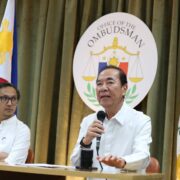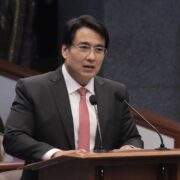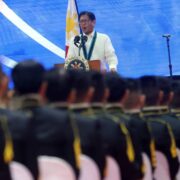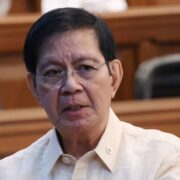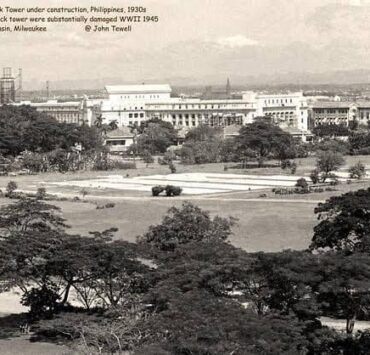Pianist Raul Sunico wows audience at Met Theater
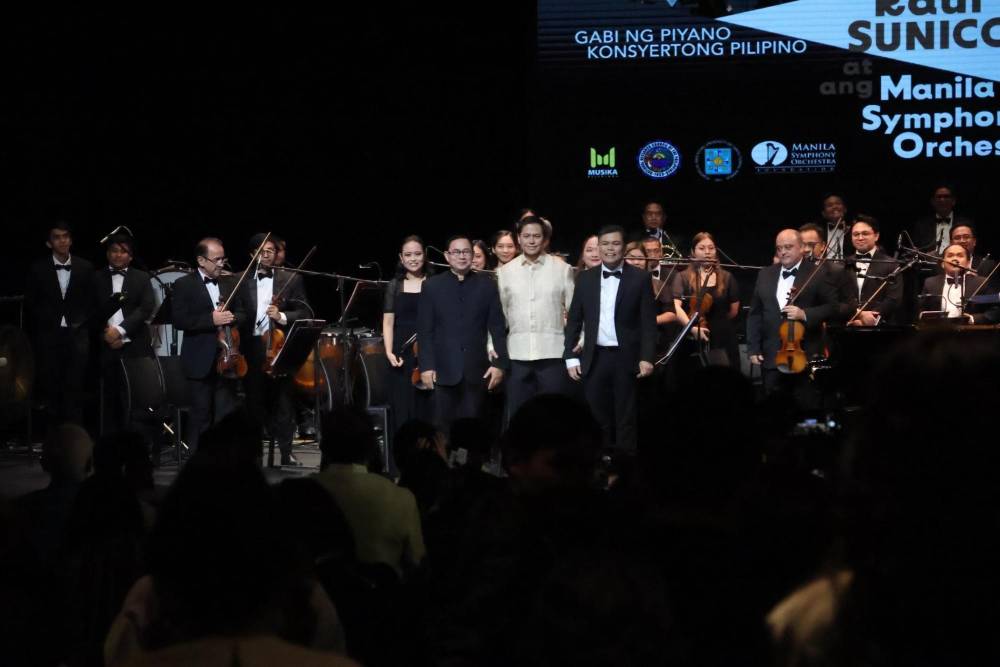
Three Philippine piano concerti took center stage recently at the Metropolitan Theater featuring pianist Dr. Raul Sunico as soloist, in collaboration with the Manila Symphony Orchestra, conducted alternately by professors Jeffrey Solares and Dr. Herminigildo Ranera.
Monino Duque directed the concert and set the stage that sported a fresh look with two bunches of flowers elegantly arranged on the stage’s apron.
The concert was a presentation of the MusikaPilipinas Research Program. It highlighted the nation’s current celebration of Arts Month, anchored on the theme “Ani ng Sining, Diwa at Damdamin.”
Dr. Maria Alexandra Chua, program leader of MusikaPilipinas and dean of the University of Sto. Tomas Conservatory of Music, gave the opening remarks. She said the National Research Council supports the program and is tasked with the mission of “systematically retrieving, preserving and disseminating” the rich musical heritage of the country.
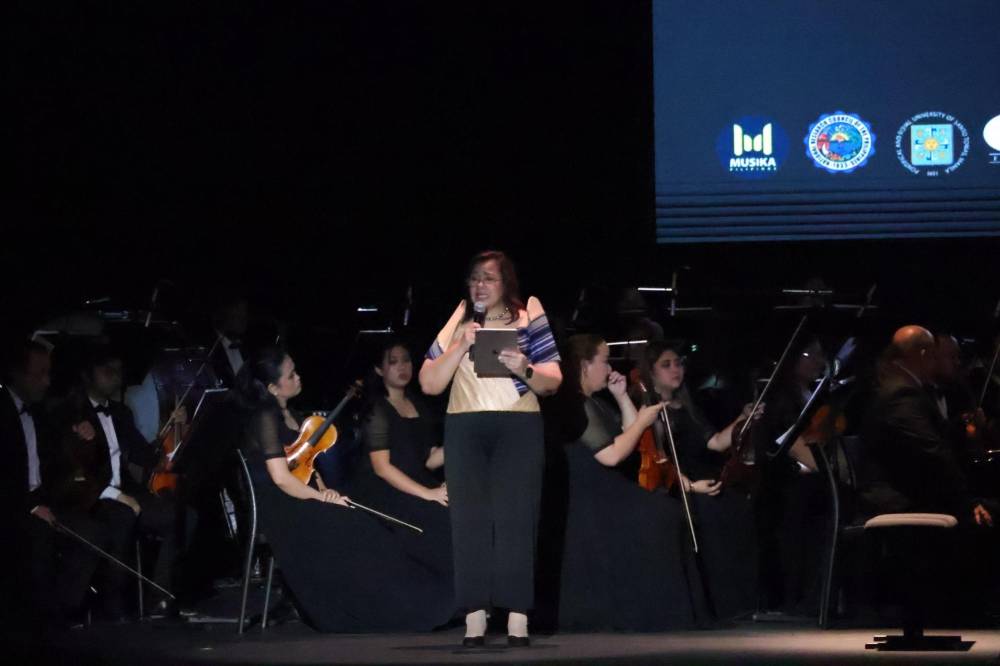
The said project, she added, aims to build a “comprehensive and accessible repository of Philippine music” that “honors our past” and “inspires” the present generation.
Now on its final year, the project has “achieved significant milestones,” and these concerti “reflect the depth of our musical traditions shaped by our colonial past, our indigenous roots, and evolving modernity.”
Musical expression
Chua underscored the truism that “the piano concerto stands as one of the most substantial and demanding forms of musical expression, a true test of a composer’s vision and a performer’s mastery.”
The three piano concerti were Lucino Sacramento’s “Piano Concerto No. 2,” subtitled “Maharlika” (1973); Alfredo S. Buenaventura’s “Celebration” (1976); and Francisco Santiago’s “Piano concerto in B-flat minor” (1924).
With his dignified bearing, Sunico sank his fingers into the keyboard without histrionics, and let the suave tones they produced convey the essence of the piece.
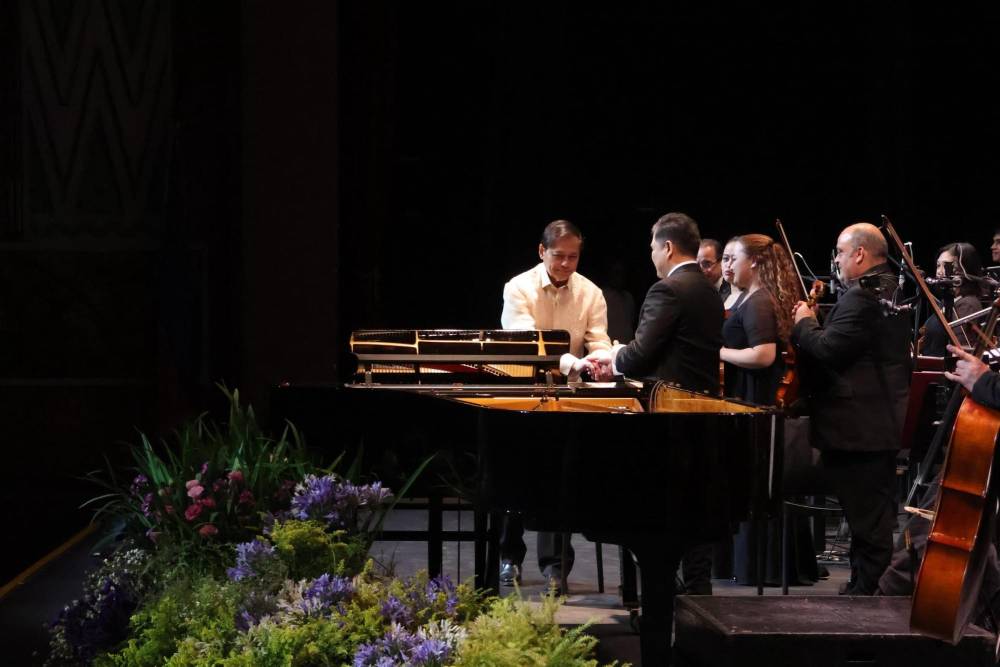
He breezed through Sacramento’s “Maharlika” concerto sans score and played with sterling brilliance. He played the first movement with majestic charm.
This was followed by a most lyrical unfolding of the quiet second movement scored like a soothing lullaby, and capped with a rousing finale in the third movement where he showed his technical prowess as he swept through virtuosic passages.
Wielding the baton, Solares had a tight rapport with Sunico. Their collaboration ensured a magnificent performance enjoyed by the orchestra’s musicians themselves, but more so by the audience.
Sunico’s playing brought glorious memories of the piece’s premiere performance at Malacañang on Sept. 11, 1973, when he performed it also sans score. Very much impressed, Imelda Marcos, who commissioned the piece as a gift to her husband, then offered him a scholarship to Juilliard School of Music. The rest is history.
After a brief interval, Sunico played “Celebration,” a complete departure from the first and the last concerto which were scored in the romantic vein. Composer Buenaventura, who graced the performance with his presence, scored it in the contemporary style with shifting meters and atonal harmony.
“Celebration” is so titled as it was commissioned then by the Filipino League of Composers for its 20th anniversary celebration at the Cultural Center of the Philippines (CCP). It was first performed by the late virtuoso-pedagogue Reynaldo Reyes at the 1976 Philippine Music Festival, in tandem with the CCP Philharmonic Orchestra conducted by Luis Valencia.
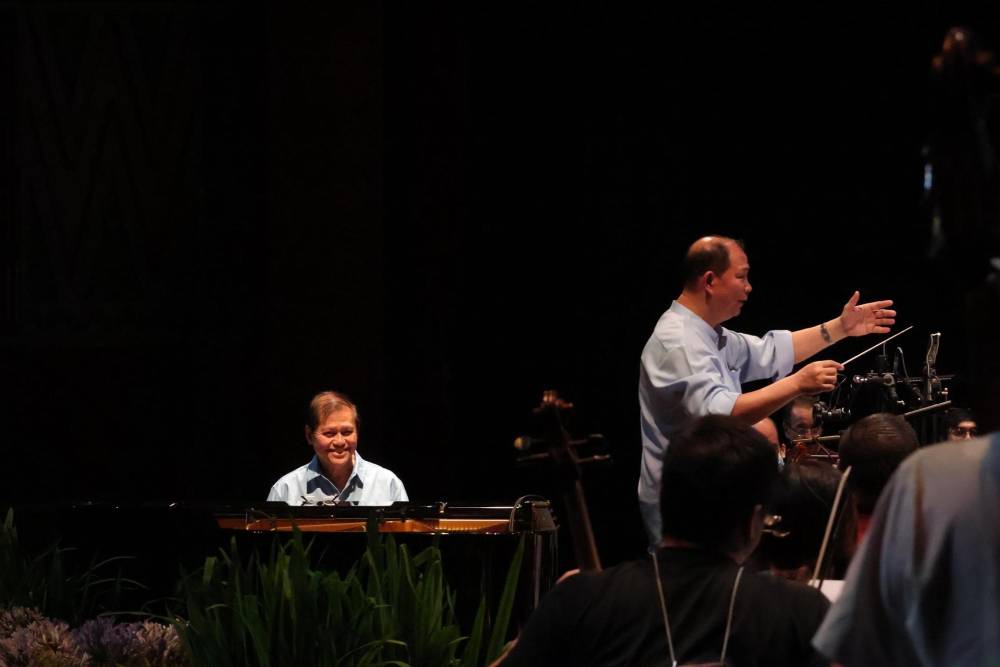
The following year, this was also performed at the prestigious Carnegie Hall in New York City, with Redentor Romero conducting the American Symphony Orchestra with pianist Carol Rosenberger as soloist.
This time, Sunico surged through this challenging concerto with a virtuosic sweep. Conducting the MSO this time was Ranera. He cut an authoritative stance on the podium that inspired the musicians to play absorbingly in close collaboration with Sunico.
Buenaventura, who was seated in the front row of the left section, stood up when he was acknowledged by Sunico at the end, before an enthusiastic audience that greeted the performance with thunderous applause.
Technical brilliance
The pianist showed his technical brilliance when he played the third and final piece, Francisco Santiago’s “Concerto in B flat minor,” composed in 1924. This concerto was an effective finale on account of the easy cognition by the audience of the use of folk songs such as “Leron Leron Sinta” and “Condansoy” as thematic materials, which the composer treated brilliantly. Sunico swept through those bravura double octaves and chords in rapid succession.
Solares once more stood on the podium to lead the orchestra and the pianist. With authoritative dispatch, he made them forge a great collaborative fusion.
Awed, the audience rose and gave Sunico a standing ovation, punctuated with crisp shouts of “Bravo!” He made several curtain calls and quieted the audience when he sat on the piano and obligingly gave two of his own arrangements as encores.
When he struck the opening bars of the first encore, one thought he was paraphrasing Beethoven’s “Moonlight Sonata,” upon which he built his handsome arrangement of the OPM “Sa Dulo ng Walang Hanggan.” Then came playful variations on the folk songs “Leron Leron Sinta” and “Bahay Kubo.”
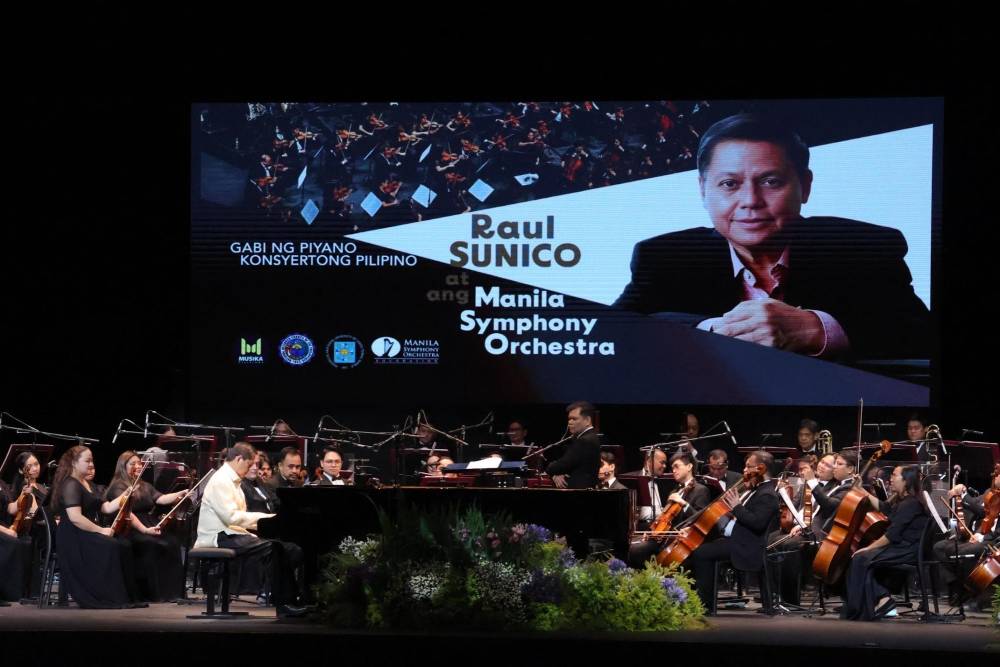
The audience burst into more thunderous applause and “bravos.” They admired Sunico’s thorough grounding on Philippine music from classical to folk and popular music.
The pianist, who is in his mid-70s, still showed sterling command as a performing pianist. This writer recalls how, many years earlier, Sunico had performed in two separate occasions the three piano concerti of Tchaikovsky and, much later, the four piano concerti of Rachmaninov—indeed, a feat only he so far had accomplished.
His performance of these three Philippine concerti in one sitting all the more spoke of his solid virtuosic capability and thorough understanding of the genre.
In a tete-a-tete off stage, Sunico, who is the dean of the College of Music and Performing Arts at St. Paul University-Manila, told this writer about his familiarity with the three concerti.
The dissertation he wrote as a requirement for his doctoral degree at the prestigious New York University in 1993 was titled, “Selected Piano Philippine Concerti: A Performance Guide.”
A pioneering study, this volume will be printed soon as final editing is completed. This will be a solid contribution to the scant historiographic literature on the matter. Long live Philippine piano music!
Mabuhay, Dr. Raul Sunico!





